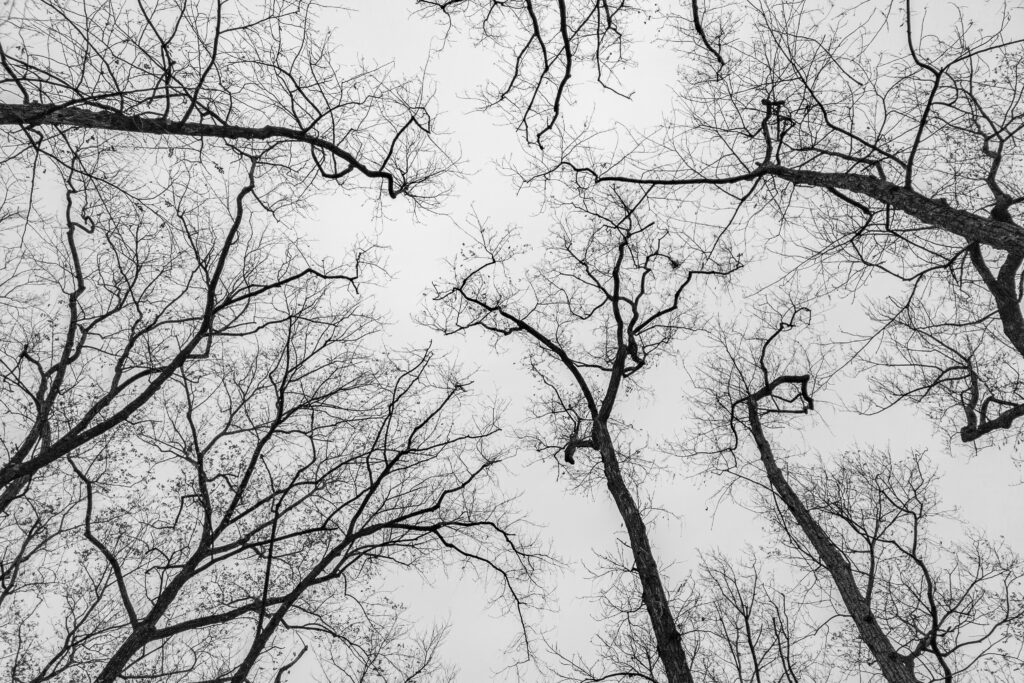Gothic Roots and Genre Possession: Elizabeth Brooks’ The House in the Orchard

Elizabeth Brooks’ recent novel, The House in the Orchard begins with a disclaimer:
“For much of my life I have been suspicious of formal documents. Pious declarations in the name of “I, the undersigned” make me squirm: they have a solid and trustworthy appearance, but they are not solid, and not to be trusted. How can they be?”
The writer of this note, Maude Louise Gower, who soon comes to take on the role of protagonist in this long, engrossing novel, is in the first sentences of the novel warning the reader that she is not altogether comfortable taking control; rather, she finds the supposed certainty that comes along with a solid “I” an unseemly thing, and wonders, instead, what lurks behind such staunch definition.
Like Maude, the author, too, seems distrustful of definitions. With only brief interjections from the novel’s present—England immediately following the end of the Second World War, where Peggy Gower, a descendent by marriage of Maude’s, is occupying Sawyers Fen across the field from the eponymous Orchard House—the novel is set entirely in the diaries of Maude Gower, writing in the winter and spring of 1876. Maude, who begins the diary as a young girl recently orphaned, is sent to live with Miss Greenaway, her father’s mistress and—as Maude comes to find—dearest friend. Maude’s narrative, taking place some 70 years before the novel’s present, comes to possess the novel, wresting the story from Peggy within the first fifty pages. And what a narrative it is: rife with twists and revelations, fraught strategizing and the frantic conviction of an angry adolescent. In this way, Maude is a perfectly designed protagonist, both sympathetic enough to follow and unsettling enough, in her anger, to cause the reader some discomfort. Though we care for her, we never quite know what she’ll do when cornered.
With Maude at its center, Brooks creates a gothic novel with the same clever and unseen yet unescapable hand as Austen in Northanger Abbey or Bronte in Jane Eyre. In the cold corners and stern, unfeeling relatives of her parents’ home, in Frank’s naivete and Romance, and in the unerring goodness of Sawyers Fen and Miss Greenaway, Brooks, like a taxidermist bringing life to a dead animal, reanimates the Gothic form. But like a child peering at a stuffed lion in a natural history museum, the reader, at times, finds themselves filled with longing for a wilder thing.
This is not to say that Brooks’ novel is one devoid of wilderness. There is a secondary tension within the novel, one the reader, by design, forgets and remembers in turn. This is not a tension of plot, but rather a tension of time; there exists between Peggy, in 1945, and Maude, in 1875, a connection of circumstance. Peggy hears strange footsteps at times, unexplainable noises coming from the bricked-over cellar. Though the source of these footsteps constitute the book’s twist (and, oh, it’s a good one) the ultimate utility of them is to create between Peggy, recently widowed, and Maude, recently orphaned, a sort of parallelism. Both find themselves abandoned at Sawyers Fen, and both are charmed by the place into imagining it as a sort of home and both, ultimately, come to realize that “home” is not only the place you live, but the place you know.
Ultimately, it’s this relationship, which is the core framing device for the novel, that serves as its rare source of disappointment. The relationship between Peggy and Maude seems to beg Brooks for the freedom to push against the bounds of the novel’s perfect gothicism, to veer not only further into the paranormal realms it alludes to, but into questions of form and utility. And the setting, too, seems perfectly poised to ask these difficult questions about genre. Set at the end of the Second World War, just a month after the American bombing of Hiroshima, the world of 1945 is one vastly, immeasurably different than that of 1875; yet the parallels between the twin protagonists invite the reader to dispel vast differences of circumstance in favor of boundless questions about the role of small tragedies—like those faced by Peggy and Maude—in the context of terrifying, global revelations.
Yet Brooks chooses to leave this relationship as only a framing device, a sort of ladder. From the relationship between Maude and Peggy, Brooks provides the reader with the vantage to learn unexpected truths and embrace surprising resonances, but they do so alone: the novel’s protagonists are left turning in circles near the bottom rung. Ultimately, though Brooks’ The House in the Orchard is limited by its author’s unflinching dedication to its gothic roots, the novel remains a thing of immense beauty and suspense.


